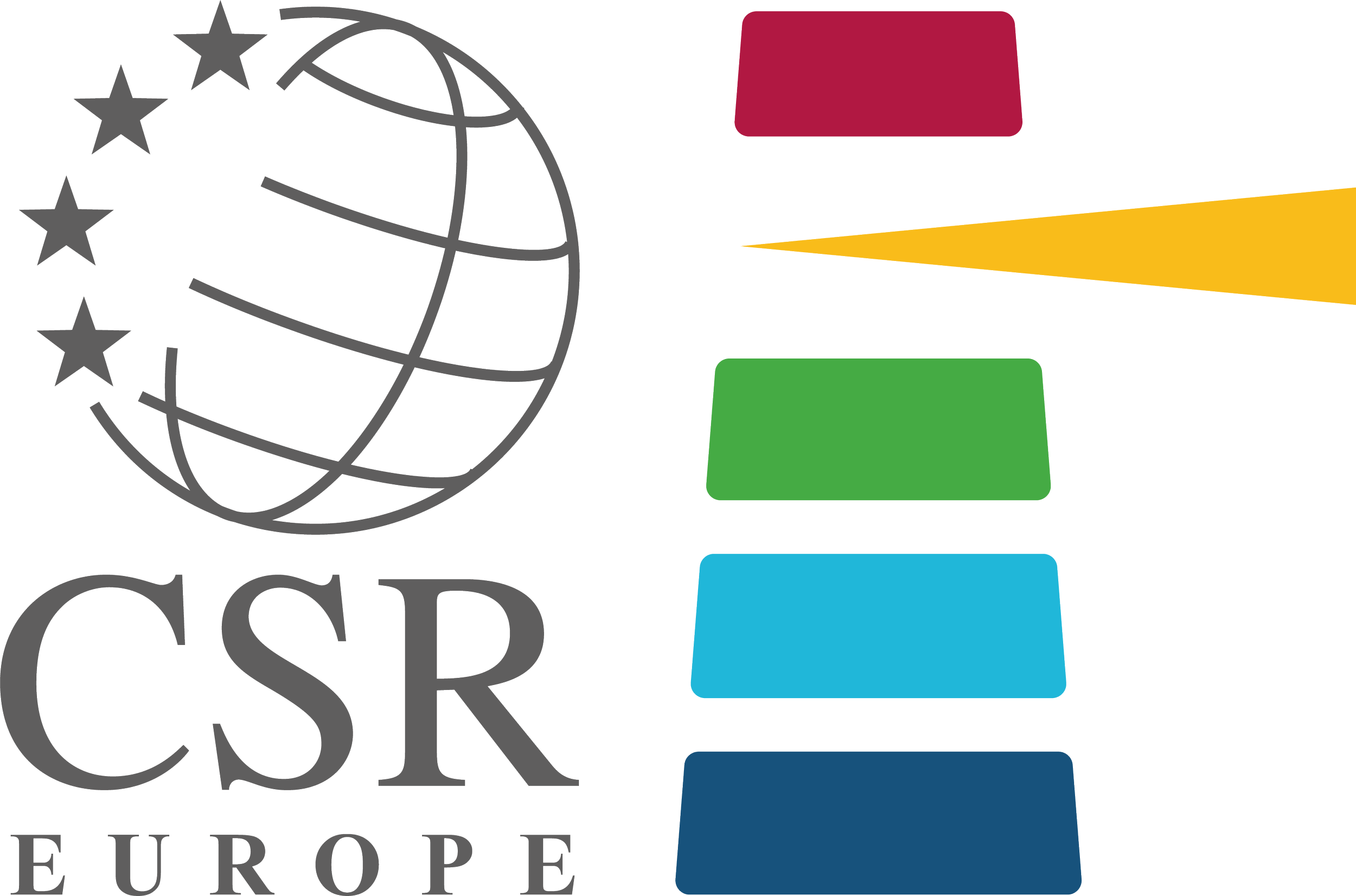What is at Stake with the European Taxonomy?
CSR Europe is preparing for its member an analysis of the potential implication of EU Taxonomy on companies and investors.
Since last year, CSR Europe has followed the development of the European Taxonomy – a classification system to support investors, companies, issuers and project promoters to navigate the transition to a low-carbon, resilient and resource-efficient economy.
What will be the main implications of the EU Taxonomy?
Accelerate financing of green activities and green bonds
More comparable information for end-investors that will allow to avoid greenwashing
The potential administrative burden for companies and investors
Risk of diverting investment from other sustainable activities (such as those related to biodiversity, circular economy, pollution and social projects), as well as transitioning activities (not included in the EU Regulation for now)
The EU Taxonomy, as it was presented in the last report by the Technical Expert Group (TEG) on Sustainable Finance, is purely environmental, taking into account six objectives: climate change mitigation, climate change adaptation, sustainable water, circular economy, pollution prevention and protection of biodiversity.
To be Taxonomy-aligned, economic activities must meet performance thresholds (technical screening criteria) to demonstrate that they:
Contribute substantially to one of the six objectives
Do not significantly harm the other five
Meet minimum social safeguards (OECD Guidelines on Multinational Enterprises and UN Guiding Principles on Business and Human Rights)
For now, the TEG has developed screening criteria for climate change mitigation and adaptation. According to the Regulation, the EU Taxonomy will be used not only by investors, but also by companies, who will have to describe how, and to what extent, their activities are associated with Taxonomy-aligned activities, in terms of turnover (to give a picture of the situation of the company at the moment) and also CAPEX and, if relevant, OPEX (to describe the path of the company to become more sustainable).
The Taxonomy was one of the key elements of the Sustainable Finance Action Plan – launched by the Juncker Commission in 2018 – to push the financial sector in the direction of supporting the transition to a sustainable economy. The OECD estimates that, globally, EUR 6.35 trillion will be required to meet Paris Agreements goals by 2030. The public sector alone cannot reach these targets, and the mobilisation of private capital is therefore necessary. This is the reasoning behind the development of Sustainable Finance and the attention that the topic is taking at EU and global level.

